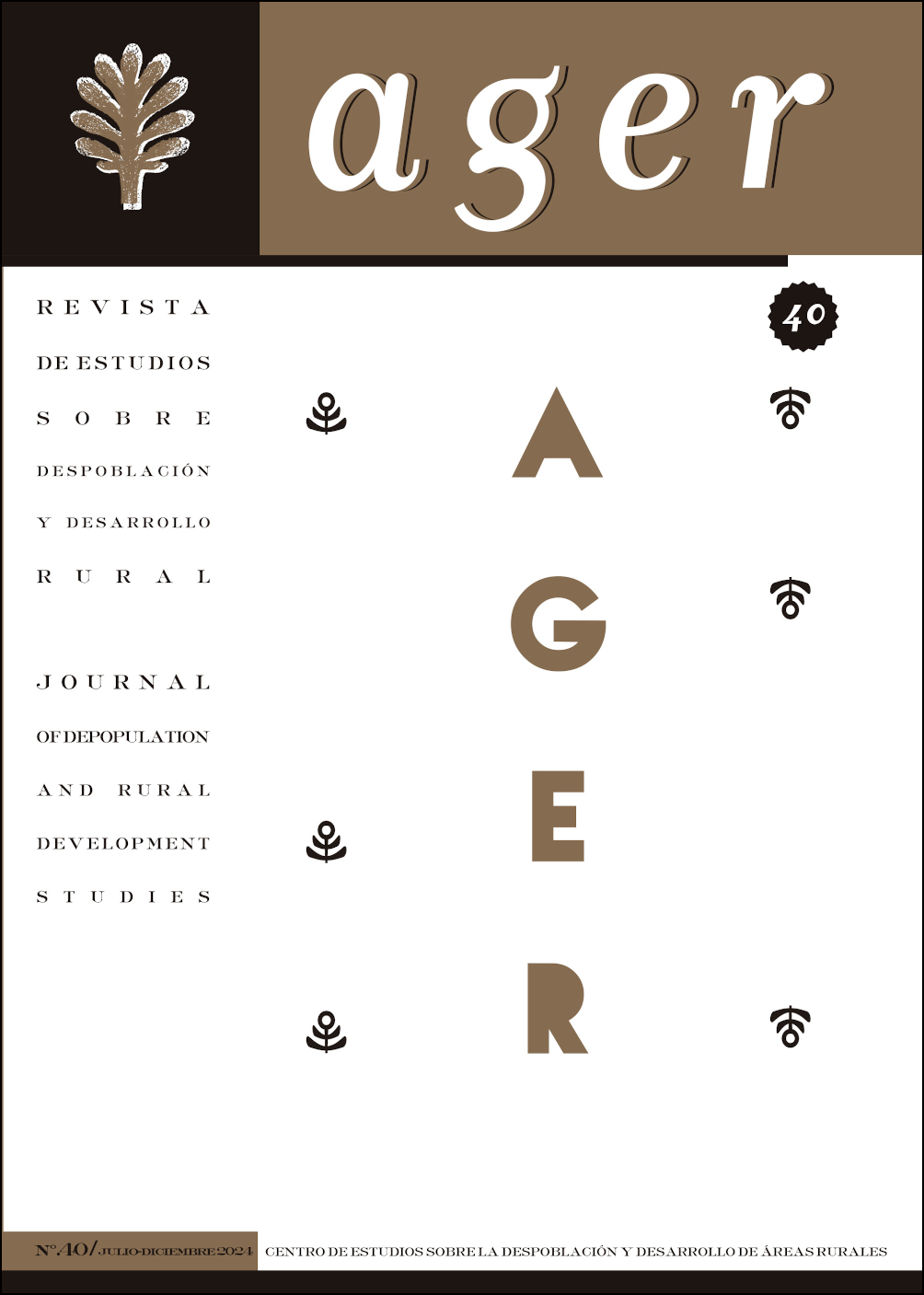¿Ha sido la pandemia de COVID-19 un motor de cambio demográfico en las áreas rurales de España?
(Artículo de monográfico)
Abstract
The outbreak of COVID-19 implied a reversal of the dominant migratory trends in Spain's rural areas. In the years of the pandemic, rural areas were characterised by the retention of local residents and the arrival of immigrants from the cities. These changes augured a future demographic renaissance in these areas. However, the heterogeneity that characterises the Spanish countryside suggests that the impact of COVID-19 may have had a diverse demographic response. The aim of this article is to analyse the effects of the pandemic on rural demography. Using microdata from the Natural Movement, the Residential Variation Statistics and the Continuous Register for the period 2016-2021, we have created different categories of demographic behaviour, collecting the possible combinations of growth according to their components and subsequently applying a typology of municipalities developed by Goerlich. The results show an increase in municipalities with positive growth during the pandemic period due to the increase in internal immigrants. However, a detailed territorial analysis reveals a conjunctural demographic response to the pandemic and qualifies the dominant impression that rural areas benefited in a similar way from the outflows from urban centres.
Downloads
Published
Issue
Section
License

This work is licensed under a Creative Commons Attribution-NonCommercial-NoDerivatives 4.0 International License.
Authors who publish in this journal agree to the following terms:
a. Authors retain their copyright and grant the journal the right of first publication of their work, which will be simultaneously subject to the Creative Commons Attribution Licence, which allows third parties to share the work provided that the author and the journal's first publication are acknowledged.
b. Authors may enter into other non-exclusive licensing agreements for the distribution of the published version of the work (e.g., depositing it in an institutional repository or publishing it in a monographic volume) provided that the initial publication in this journal is acknowledged.
c. Authors are permitted and encouraged to disseminate their work via the Internet (e.g. in institutional digital archives or on their website), which may lead to interesting exchanges and increase citations of the published work. (See The effect of open access).

